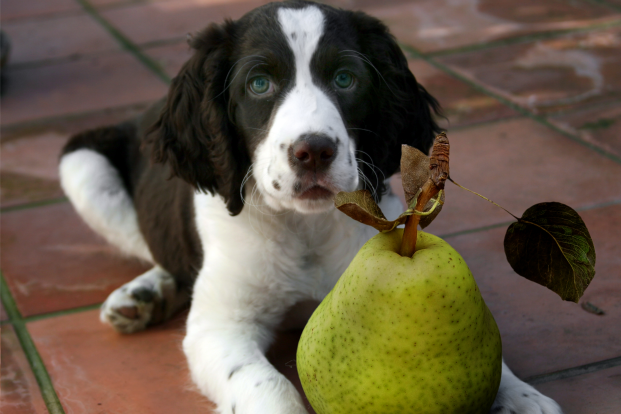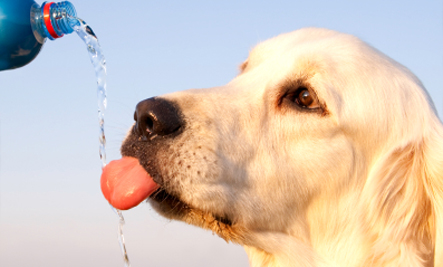Health
Managing Canine Diabetes: Diet Tips For Your Diabetic Dog
A while ago, we shared an article about the ways in which an owner can prevent the onset of canine diabetes, especially through exercise and diet. However, despite your best efforts and the healthiest lifestyle, there’s a chance that your dog may still develop diabetes due to a combination of factors including genetics. If your dog has developed the condition, fret not. There’s still a high change he can lead a long, healthy, happy life if you’re sure to make some modifications to his lifestyle and diet.
Keeping Blood Sugar Levels Down
When an individual (be it an animal or a person) suffers from diabetes, their body loses their ability to produce insulin or overproduces glucagon. While insulin regulates blood sugar levels and helps cells absorb it, glucagon releases glucose. In either scenario, a diabetic’s bloodstream cannot absorb blood sugar and cells are unable to absorb energy. This can cause a variety of problems from cataracts to urinary tract infections. A diabetic’s body may even start burning fat to create energy which creates ketones which can be potentially life-threatening.
To stop the body from burning fat and developing other conditions, it is vital to keep blood glucose levels stable. Your vet will recommend a variety of ways to do so, from ensuring your dog gets lots of exercise to giving your dog insulin shots to monitoring his diet.
A Homemade Diet
Indeed, diet is one of the most important considerations when managing a diabetic dog because a majority of his sugars will come from it. We would recommend a home cooked diet for a diabetic dog as then you can monitor exactly what’s going into. However, if that seems overwhelming, several dog food brands make food specially for diabetics; consult with your vet for more information.
High Fibers
While research is still underway on the best diet for a diabetic dog, most vets agree that this diet should include a high fibre content. Fibres will help your dog feel fuller and will slow down the production of blood glucose.
There are several fruits and vegetables high in fibre that are safe for dogs including apples, broccoli (in small quantities) pears, green beans, spinach and peas. Boil the vegetables lightly and peel and deseed the fruits.
Low Fat
When it comes to protein, ensure you are feeding your dog low fat meats like chicken, duck and rabbit (with the fat removed) Stay away from red meats. Head to this guide to learn more about a low fat diet for dogs.
Lots Of Water
A high fibre diet, while good for regulating blood sugar, can also cause constipation, as fibers absorb water in the body. Ensure your dog is drinking lots of water or, if he’s refusing water, chicken or vegetable stock.
Treats?
Just because your dog is diabetic doesn’t mean you have to stop treating him once in a while. However, make sure that the treats are not high in carbs or sugar – instead make sure they have a lot of protein. Give your dog a treat 4-6 hours after his insulin injection when blood sugar absorption will be at its highest.
Most importantly, be sure that you are giving your dog his insulin shot within an hour of eating – insulin on an empty stomach is extremely dangerous. For more information about helping your dog manage diabetes, consult with your vet.

























